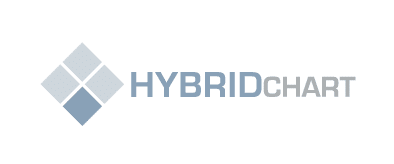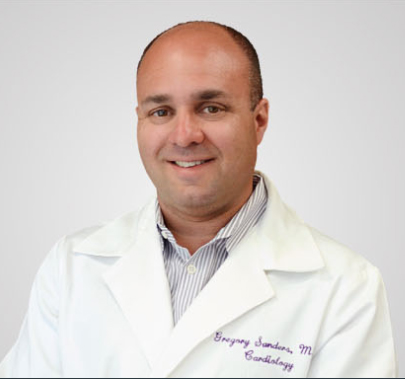Practices that split their time in the office and hospital have to figure out how to manage the inpatient census. It is a complex process, an ever-moving target. Too often the non-clinician office staff are called upon to help manage operations, and coordinating hospital rounds for the providers is no exception.
When In Doubt Give It to the Front Office
The staff supporting a medical or surgical practice need to wear many hats. They check in and out patients, handle incoming calls, and even deal with insurance issues. Since they often handle calls from the hospital – regarding new consults, or asking to speak to providers, they are the natural choice as the orchestra conductor. They are in the know regarding who is out in the field rounding, and who is on call taking new patients.
A Juggling Act
Knowing who is taking new patients is just the start. Taking down critical information, conveying that info to the providers (hopefully in a HIPAA-compliant fashion) – front office staff become switchboard operators. Oh, and they have to do all of their other roles at the same time. Inevitably, decisions are made to add more staff, in order to ease the burden of the job.
The Creeping Overhead Game
As the cost of doing business continues to rise, reimbursements have steadily declined over the past few decades, making profit margins for practices become slimmer. There is a critical mass of staff needed to function effectively, so trying to reduce overhead by eliminating staff can only go so far without repercussions. From medical assistants to billers, skimping on staff eventually collapses the house of cards. The ratio of FTE (full-time equivalent) employees to providers is a useful predictor of practice efficiency. Adding more support tends to ease the pain of the existing staff, ultimately improving the quality of life of the doctors. But this is an expensive option, and remember, margins are already thin.
Better Process, Less Staff
Looking at the hospital rounding process, it is very resource heavy compared with other aspects of medical care. Given its unpredictable and disjointed nature it traditionally requires help from support staff to keep it functioning. Adopting workflow / charge capture software has the instant benefit of organizing the process, redefining roles, and essentially reducing overhead. Transparency and rapid of exchange of information means that everyone’s job gets easier. The providers have clear visibility of the overall census and who has been seen already in real-time. Equally important, the burden on the support staff is lifted. Their role becomes streamlined, making it less likely that more staff will need to be hired to manage the inpatient census. In some cases, the number of office employees dedicated to this process actually goes down, allowing them to be reassigned to other duties.
Adopting smart solutions for complex problems helps practices scale without needing to add expensive resources, keeping overhead at a manageable level. The cost of running a medical practice, be it rent or human resources, continues to rise, forcing owners to be mindful about adding more expenses. Leveraging modern software solutions which understand your world will definitely help.

Smarter Rounding and Workflow Software for Doctors
At HybridChart, we provide technology that connects your healthcare team, increases efficiencies, AND improves your bottom line. HybridChart’s cloud-based software adapts to your practice’s unique workflow and will improve your profitability and patient outcomes by utilizing our 5 features: charge capture, census management, secure messaging, discharge planning, and data analytics.
NEVER miss another charge and get PAID for the work you do!
If you are interested in taking your medical practice to the next level and want to employ the best hospital charge capture practice available in the industry, come visit our website at www.hybridchart.com, call us at 1-877-977-5544, or click here to schedule a demo today!
- More About Dr. Sanders
Dr. Gregory Sanders is a Harvard-trained, practicing cardiologist and founder and CEO of HybridChart. He has been coding since the 1980s and has spent his medical career focusing on improving processes. His patient care skills earned him recognition as one of Phoenix Magazine’s TOP DOCs. He lives in Scottsdale with his family.

